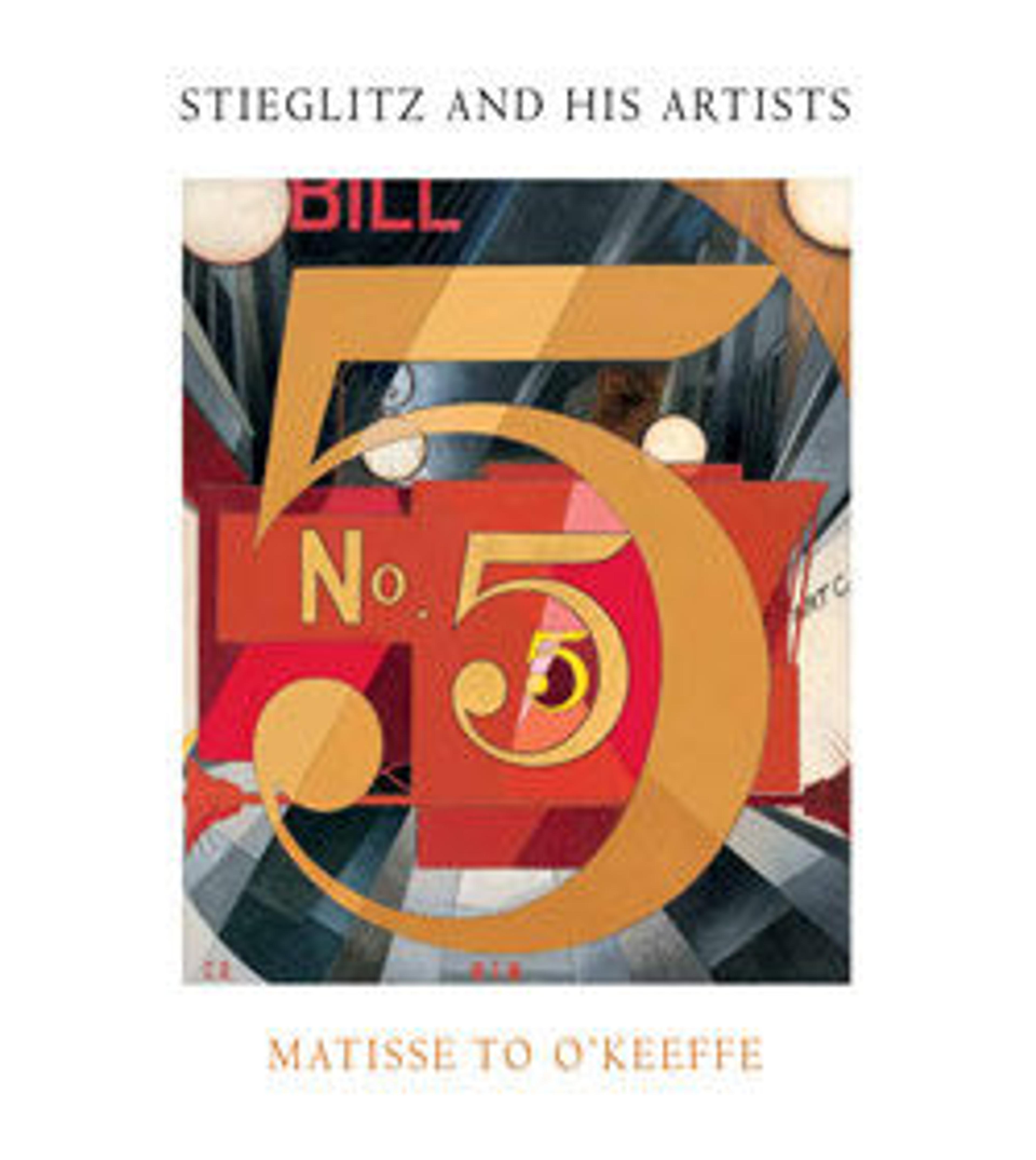[Self-Portrait]
In 1917, after the United States had entered World War I, Edward Steichen volunteered for the U.S. Army. He made this self-portrait shortly before his commission as leader of a team of aerial reconnaissance photographers and his departure for France in late November. Steichen presents himself, posed with his apparatus, as a self-confident professional. The photograph is a prelude to his modernist postwar photographs--especially the theatrical commercial portraits and product advertisements commissioned by Condé Nast beginning in 1923 (see no. 237). It also articulates the new status that studio photographers would achieve after the war. As the highest-paid photographer at "Vanity Fair," Steichen became New York's most celebrated packager of personalities--a man who wielded truly cult-like influence.
Unlike Steichen's earlier Photo-Secessionist photographs, this print shows no evidence of darkroom manipulation. As a transitional work, however, it is signed and dated in the manner of his earlier prints, with his name in capital letters inscribed over the date, which appears in Roman numerals. Steichen's inclusion of the camera as his chosen attribute seems to presage his imminent decision to abandon the brush for the lens.
Unlike Steichen's earlier Photo-Secessionist photographs, this print shows no evidence of darkroom manipulation. As a transitional work, however, it is signed and dated in the manner of his earlier prints, with his name in capital letters inscribed over the date, which appears in Roman numerals. Steichen's inclusion of the camera as his chosen attribute seems to presage his imminent decision to abandon the brush for the lens.
Artwork Details
- Title:[Self-Portrait]
- Artist:Edward J. Steichen (American (born Luxembourg), Bivange 1879–1973 West Redding, Connecticut)
- Date:1917
- Medium:Platinum print
- Dimensions:Image: 24.5 x 19.8 cm (9 5/8 x 7 13/16 in.)
- Classification:Photographs
- Credit Line:Gilman Collection, Purchase, Harriette and Noel Levine Gift, 2005
- Object Number:2005.100.156
- Rights and Reproduction:© 2026 Artists Rights Society (ARS), New York
- Curatorial Department: Photographs
More Artwork
Research Resources
The Met provides unparalleled resources for research and welcomes an international community of students and scholars. The Met's Open Access API is where creators and researchers can connect to the The Met collection. Open Access data and public domain images are available for unrestricted commercial and noncommercial use without permission or fee.
To request images under copyright and other restrictions, please use this Image Request form.
Feedback
We continue to research and examine historical and cultural context for objects in The Met collection. If you have comments or questions about this object record, please contact us using the form below. The Museum looks forward to receiving your comments.
